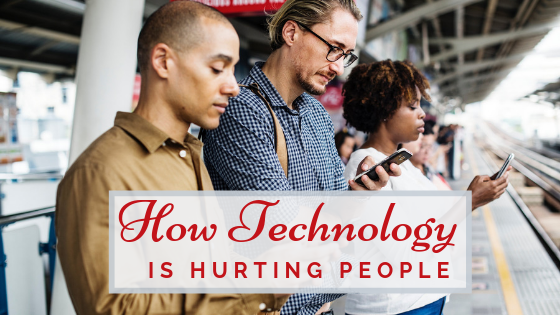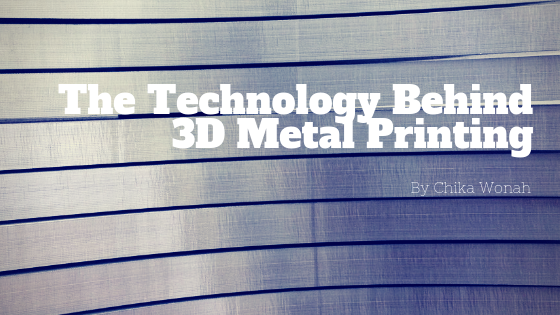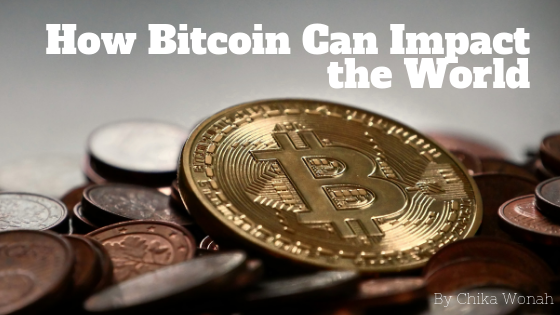Outer space is more critical to the global communication system than one would think. Communications, defense, transport, and more rely on it to send their signals. The world doesn’t realize how critical space cybersecurity is to modern life.
The following industries are vulnerable:
- air travel
- communications
- defense
- finance
- trade
Satellites are very vulnerable to attack by bad actors. Cyberwarfare is becoming a bigger threat. Many countries are expanding their military to compete in this space.
What are the Vulnerabilities in Space Cybersecurity?
DDOS – Distributed Denial of Service
Sending massive amounts of data can overwhelm the receiving device. Many times the device will shut down or stop receiving communications. Other times it can overheat.
Losing a connection during a disaster or conflict would be extremely dangerous. It would disrupt first-responders or ground force’s communications.
Malware
Malicious code can exploit weak points in outdated software. Sometimes malware quietly eavesdrops on private communications. Other times malware causes deliberate damage.
Signal Spoofing
Signals are susceptible to interception and distortion. False communications can pose as a legitimate order.
Spoofing can hide locations of key assets too. One side would have accurate coordinates, while the other would not. Massive amounts of defense systems rely on accurate location coordinates.
Why Do Vulnerabilities Exist in Space?
Many of these satellites have been around for decades. They were not designed with modern cybersecurity in mind. Security was simply not considered.
Many of the solutions have been band-aid solutions. The design of older software and hardware focuses on ease of use. Every device and software will have vulnerabilities. This is more true the older and more out of date something is.
What Policies Can Solve These Issues?
Officials need to create a comprehensive plan to protect critical infrastructure. More nations and organizations are developing capabilities to cause damage.
Routine threat assessments will allow decision-makers to manage risk wisely. This will streamline establishing industry guidelines.
Allied-nations will have to work together to apply these standards. Data flows between many countries at any time. If one nation is lax in its protocols, it can compromise many other nations.
It is critical to pay attention to cybersecurity in space. More of the world’s economy and defense systems will rely on secure communications. The world must work together to mitigate its risk. Otherwise, it will be at the mercy of hostile nation-states and well-organized groups.









